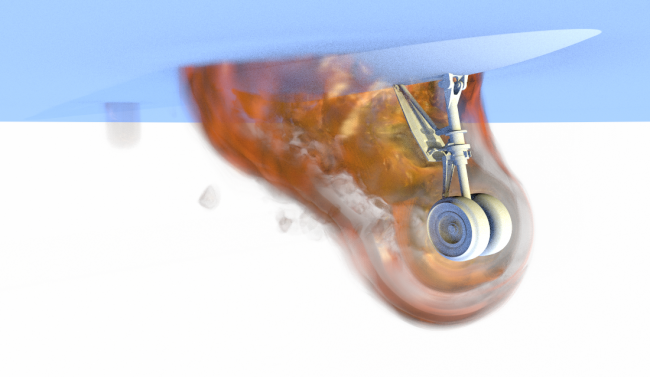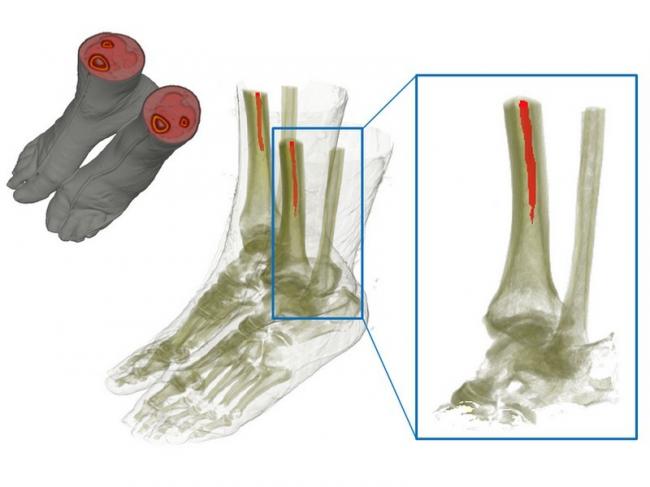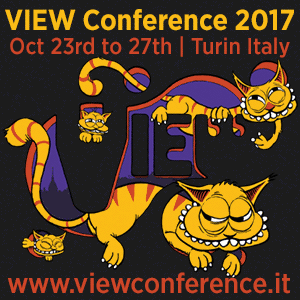 siggraph
siggraph
siggraph
siggraph
Papers Session 3: Volume Rendering
 Full Conference Pass
Full Conference Pass Full Conference 1-Day Pass
Full Conference 1-Day Pass Basic Conference Pass
Basic Conference Pass
Date/Time: 30 November 2017, 11:00am - 12:45pm
Venue: Silk 4
Location: Bangkok Int'l Trade & Exhibition Centre (BITEC)
CPU Volume Rendering of Adaptive Mesh Refinement Data
Summary: Adaptive Mesh Refinement (AMR) methods are widespread in scientific computing, and visualizing the resulting data with efficient and accurate rendering methods can be vital for enabling interactive data exploration. In this work, we detail a comprehensive solution for directly volume rendering block-structured (Berger-Colella) AMR data in the OSPRay interactive CPU ray tracing framework. In particular, we contribute a general method for representing and traversing AMR data using a kd-tree structure, and four different reconstruction options, one of which in particular (the basis function approach) is novel compared to existing methods. We demonstrate our system on two types of block-structured AMR data and compressed scalar field data, and show how it can be easily used in existing production-ready applications through a prototypical integration in the widely used visualization program ParaView.
Author(s): Ingo Wald, Intel Corporation
Carson Brownlee, Intel Corporation
Will Usher, University of Utah
Aaron Knoll, SCI Institute, University of Utah

Boundary-Structure-Aware Transfer Functions for Volume Classification
Summary: We present novel transfer functions that advance the classification of volume data by combining the advantages of the existing boundary-based and structure-based methods. We introduce the usage of the standard deviation of ambient occlusion to quantify the variation of both boundary and structure information across voxels, and name our method as boundary-structure-aware transfer functions. Our method gives concrete guidelines to better reveal the interior and exterior structures of features, especially for occluded objects without perfect homogeneous intensities. Furthermore, our method separates these patterns from other materials that may contain similar average intensities, but with different intensity variations. The proposed method extends the expressiveness and the utility of volume rendering in extracting the continuously changed patterns and achieving more robust volume classifications.
Author(s): Lina Yu, University of Nebraska-Lincoln
Hongfeng Yu, University of Nebraska-Lincoln

Parallel Particle-based Volume Rendering using Adaptive Particle Size Adjustment Technique
Summary: Numerical simulation results generated from high performance computing (HPC) environments have become extremely concurrent with the recent advances in computer simulation technology, and there is an increase in the demand for extra-scale visualization techniques. In this paper, we propose a parallel particle-based volume rendering method based on adaptive particle size adjustment technique, which is suitable for handling large-scale and complex distributed volume datasets in the HPC environment. In the experiment, the proposed technique is applied to a large-scale unstructured thermal fluid simulation, and a performance model is constructed to confirm the effectiveness of the proposed technique.
Author(s): Kengo Hayashi, Kobe University


